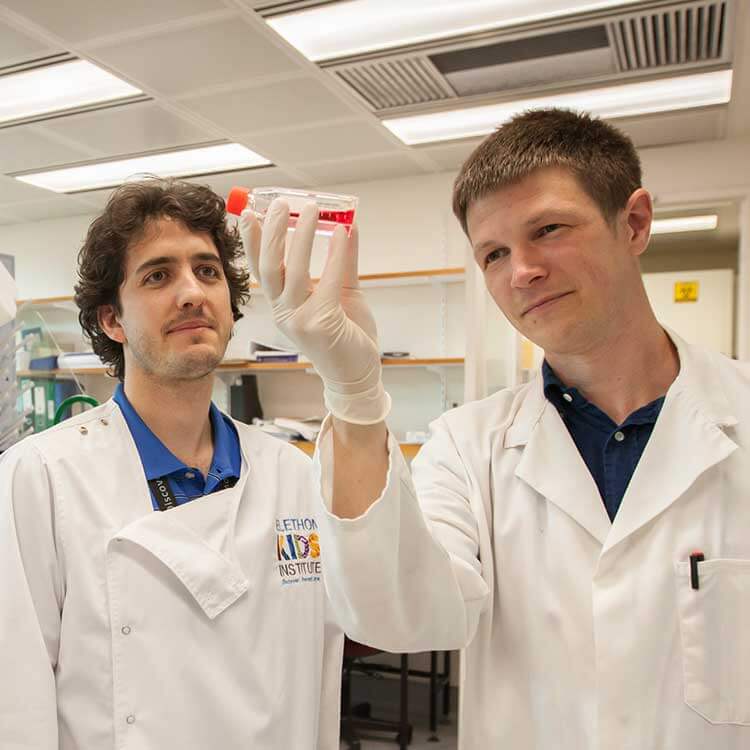What is Asthma?
Asthma is a chronic lung disease caused by inflammation and muscle tightening of the airways, which makes it harder to breath. Symptoms can include coughing, wheezing, shortness of breath and chest tightness. Symptoms can vary from person to person, but when they get significantly worse, this is known as an asthma attack.
How common is Asthma?
Asthma is the leading cause of disease burden in Australian kids, with around 386,000 kids under 15 living with the chronic disease. This represents 0.6 per cent of Australia’s total healthcare system’s expenditure, as well as 19 per cent of expenditure for all respiratory conditions.
For kids, it also means:
- 42% of children aged 0–14 with asthma miss school due to their symptoms
- Each year, 13,500 children under 15 are hospitalised for asthma
- Around 26,500 kids visit the emergency department for asthma-related issues every year
- Only 2 in 3 Australian children with asthma have an Asthma Action Plan.
Seek immediate medical attention if your child has trouble breathing or their symptoms do not improve after following their Asthma Action Plan.
Is there a cure for asthma?
It was previously believed that asthma could not be cured, however, major scientific advances in asthma research and comparison to similar chronic inflammatory diseases have now made this goal a realistic ambition.
Asthma Australia, a leading charity for people with asthma for more than 60 years, is pioneering a nationwide initiative, CURE Asthma, which is aiming to develop treatment that not only manages symptoms but potentially cures asthma by addressing its underlying genetic and environmental causes.
This initiative seeks to unite researchers, healthcare professionals and policymakers to explore innovative therapies that could reverse the disease's mechanisms – offering patients a lasting, disease-free state.
By bringing experts together and collaborating on the latest research, this initiative aims to find better treatments that reduce the health risks and financial strain asthma places on families, community and kids.
Our research impact
Developmental ORIGINS of asthma
Airway Epithelial Illnesses & Allergy (AERIAL): The AERIAL study is exploring how the cells lining the airways in the nose and lungs protect children from asthma and allergies. In kids with asthma, these cells don’t form a strong barrier, making their lungs more sensitive to irritants and infections.
Researchers are studying how genetics and the environment affect these airway cells to better understand asthma triggers. By identifying different types of airway issues, they aim to develop personalised treatments to prevent and manage asthma more effectively.
RHINO: Respiratory diseases like wheezing, infections, and croup are common in early childhood and are often linked to allergies. ORIGINS, a longitudinal cohort study within The Kids, collects data on these conditions, but the data hasn’t been streamlined.
AERIAL: is determining key respiratory health trends within this cohort, making it easier for researchers to track respiratory and allergy patterns to support early detection and guide better treatments for respiratory disease.
Mechanisms of Acute Respiratory Illness in Children (MAVRIC): Every year, many children need emergency care for wheezing and asthma, but it’s unclear why some get sicker than others. Research shows that most hospitalised children with respiratory illnesses have common viruses, but some have an immune response that doesn’t work properly.
By studying children experiencing illness, and collecting samples, researchers can analyse genetics, airway cells, and immune responses. This helps them understand why some kids are more vulnerable and to develop better treatments to prevent future hospital visits.
New ways to diagnose asthma or predict asthma development
Vulnerable Epithelium: Researchers at The Kids are working to improve asthma outcomes by studying airway cells in the nose and lungs. They’ve discovered that some children with early wheezing have a ‘vulnerable epithelial trait’, meaning their airways struggle to heal after injury or infection – leading to recurring asthma symptoms.
By identifying kids at risk and developing new medicines that enhance airway repair, researchers aim to prevent asthma from worsening. Their breakthrough treatments could reduce hospital visits and even stop asthma before it becomes a lifelong condition.
Metabolomics to Predict Asthma in Children (MAP Study): Childhood asthma often starts with wheezing (a whistling sound when breathing) in preschool years, but about 70 per cent of kids outgrow it by age 6. However, doctors can’t yet predict which children will continue to have asthma, leading many to take medication with long-term side effects.
This study aims to see if a simple urine test can help identify which wheezing children are likely to develop asthma, improving early diagnosis and allowing us to better understand the disease.
New ways to treat asthma
POWER Trial: This project aims to test whether a bacterial-based treatment can help train the immune system to respond more naturally and reduce wheezing in young children. Using advanced research methods, scientists will study how this treatment affects immune pathways and whether it can be a safe and effective therapy.
Researchers will follow high-risk preschoolers with wheezing, giving some a bacterial treatment and others a placebo for comparison. By analysing immune responses and clinical outcomes, the study hopes to pave the way for better, long-lasting asthma treatments.






